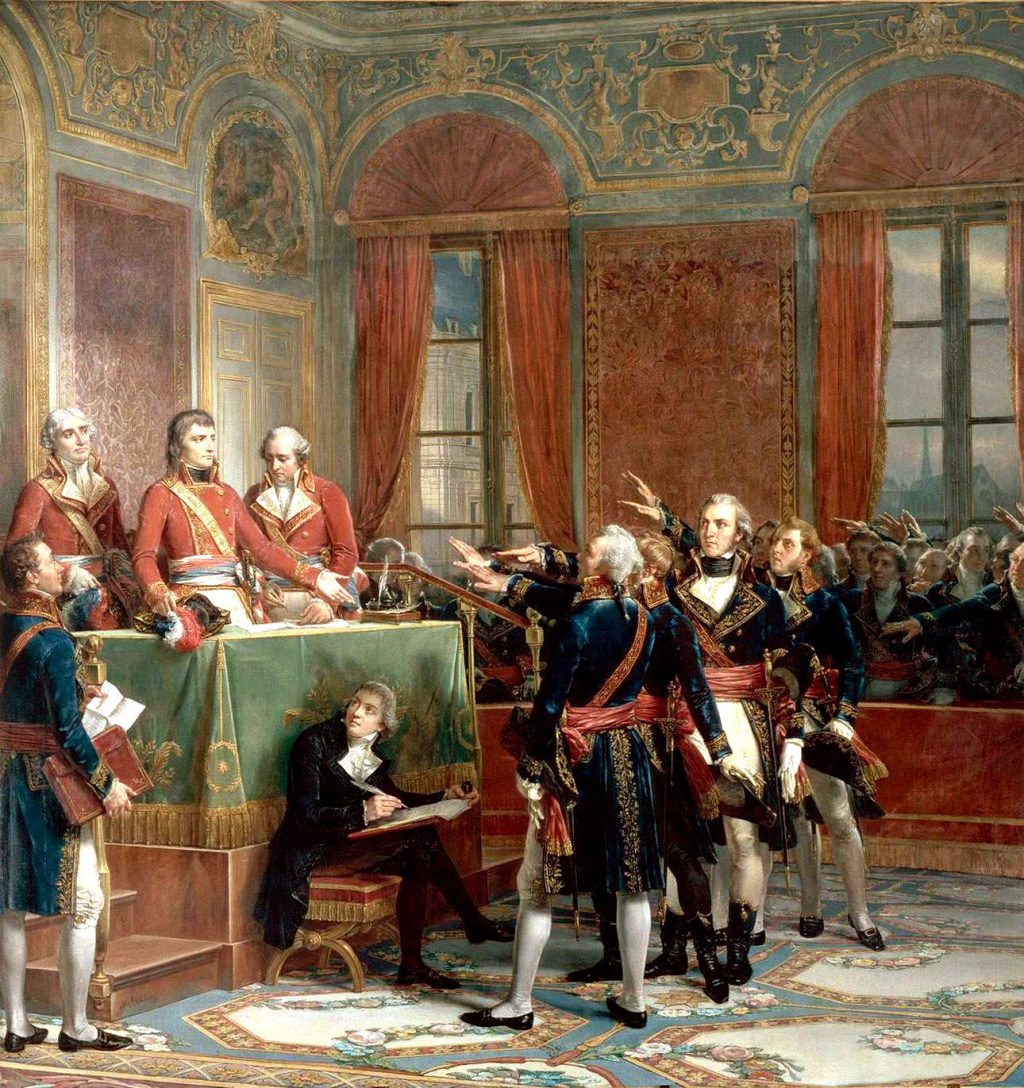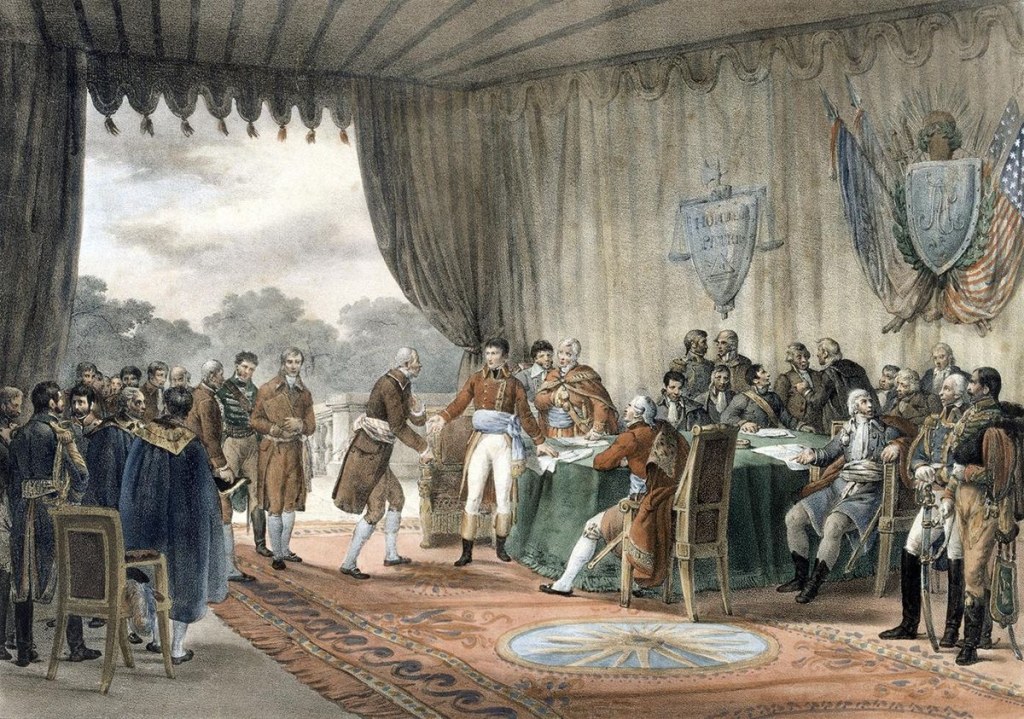French Government in the 1800s
Introduction
Dear Readers,
Welcome to our article on the French government in the 1800s. In this piece, we will take a closer look at the political landscape of France during this period. By understanding the intricacies of the French government in the 1800s, we can gain valuable insights into the country’s history and its impact on modern governance systems.

Image Source: wikimedia.org
The 19th century was a time of significant political transformation for France. From the aftermath of the French Revolution to the rise and fall of Napoleon Bonaparte, the French government underwent numerous changes, shaping the nation’s destiny.
Join us as we delve into the fascinating world of the French government in the 1800s and explore its various aspects, including its structure, key figures, policies, and more. Let’s begin our journey!
Overview
The French government in the 1800s was marked by a series of political upheavals, both internal and external, that shaped the country’s path to modernity. This turbulent era witnessed the establishment of several different forms of government, from monarchies to republics, each with its own unique characteristics and challenges.

Image Source: wikimedia.org
From the fall of Napoleon Bonaparte and the Bourbon Restoration to the July Monarchy and the Second Republic, France experienced a multitude of political systems, reflecting the ever-changing aspirations and demands of its citizens.
During this time, key figures such as Louis XVIII, Charles X, Louis-Philippe, and Napoleon III played pivotal roles in shaping the French government and its policies. These leaders faced numerous challenges, including social unrest, economic instability, and the constant struggle for power.
Now, let’s explore the key components of the French government in the 1800s in greater detail.
What Was the French Government in the 1800s?
🔍 The French government in the 1800s refers to the various political systems and institutions that governed France during this period. It encompasses the transition from the First French Republic to the establishment of the Second French Empire.
🔍 The French government in the 1800s can be characterized by its fluid nature, with frequent changes in political leadership and ideologies.
🔍 The government structures during this era included monarchies, republics, and empires, each with its own set of laws, institutions, and governance mechanisms.
Monarchies
The French government in the 1800s began with the Bourbon Restoration, following the fall of Napoleon Bonaparte. The Bourbon monarchy sought to restore the pre-revolutionary social and political order, reinstating the monarchy as the governing power.
However, the Bourbon monarchy faced resistance from those who supported the ideals of the French Revolution, leading to social unrest and political instability.
In 1830, the July Revolution resulted in the overthrow of the Bourbon monarchy and the establishment of the July Monarchy, with Louis-Philippe as king. The July Monarchy aimed to reconcile the ideals of the French Revolution with the need for stability and order.
Despite its efforts, the July Monarchy faced criticism for its limited political freedoms, leading to its eventual downfall in the February Revolution of 1848.
Following the February Revolution, the Second Republic was established, marking a shift towards a more democratic form of government.
Republics
The French government in the 1800s saw the establishment of two republics: the First French Republic and the Second French Republic.
The First French Republic was proclaimed in 1792 after the fall of the monarchy during the French Revolution. It was characterized by the Reign of Terror, led by the Committee of Public Safety, and saw the rise of Napoleon Bonaparte.
Under Napoleon’s rule, the French government transformed into the First French Empire, with Napoleon as Emperor. Despite its military successes, the empire ultimately collapsed, leading to the restoration of the Bourbon monarchy.
The Second French Republic emerged in 1848 following the overthrow of the July Monarchy. It aimed to establish a more democratic and inclusive government, with universal male suffrage and the abolition of slavery in French colonies.
However, the Second Republic faced significant challenges, including economic crises and social unrest, which eventually paved the way for the rise of Louis Napoleon Bonaparte and the establishment of the Second French Empire.
Empires
The French government in the 1800s culminated in the establishment of the Second French Empire, with Louis Napoleon Bonaparte as Emperor Napoleon III. The empire sought to consolidate power and stability, using authoritarian measures and promoting economic development.
Under Napoleon III’s rule, France experienced rapid industrialization and modernization, including the renovation of Paris under the guidance of Baron Haussmann.
However, the empire faced significant challenges, including the loss of the Franco-Prussian War, which ultimately led to its downfall and the establishment of the Third French Republic in 1870.
Conclusion
In conclusion, the French government in the 1800s went through substantial changes and transformations, reflecting the dynamic nature of French society during this period. From monarchies to republics and empires, each form of government faced its own set of challenges and shaped the course of French history.
By studying the French government in the 1800s, we gain valuable insights into the complexities of governance, the balance of power, and the aspirations of the French people. It serves as a reminder of the importance of political stability, inclusivity, and the pursuit of progress in modern societies.
We hope this article has provided you with a comprehensive overview of the French government in the 1800s. Thank you for joining us on this journey through history!
Final Remarks
Dear Readers,
In writing this article, we aimed to provide you with a detailed understanding of the French government in the 1800s. It is important to note that our analysis is based on historical records and scholarly research, and interpretations may vary.
If you have any further questions or would like to explore this topic in more depth, we encourage you to consult additional sources and engage in further research. History is a vast and ever-evolving field, and there is always more to discover.
Thank you for taking the time to read this article. We hope it has enriched your knowledge and provided you with valuable insights into the fascinating world of the French government in the 1800s.